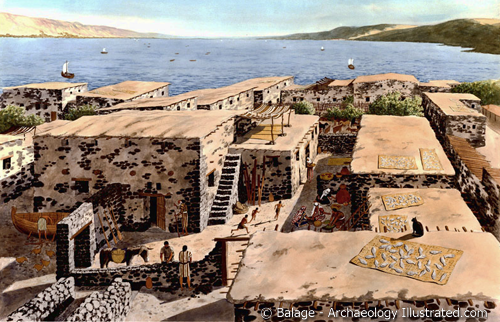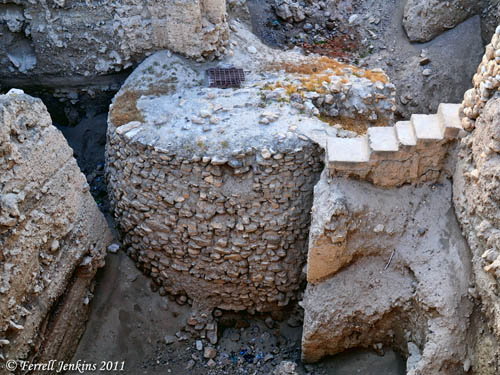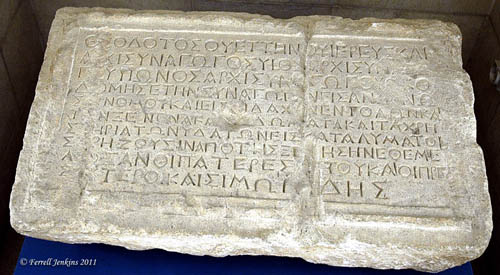Why is a real relationship with Jesus so difficult? Why is it so challenging? It is because we tend to create a quasi-relationship with a "made-up Jesus." Since the world presents to us a conflicting view of what we see in the gospels, people then tend to create their own version of Jesus in their minds, one who makes few demands on us. This made-up Jesus basically does what we expect, and then leaves us alone. After all, if He's just a historical figure and "an exploited "peasant with an attitude who didn't perform many miracles, physically rise from the dead or die as punishment for humanity's sins ( John Dominic Crossan's 'blasphemous' portrait of Jesus February 27, 2011 By John Blake, CNN)."
Here’s the problem, this made-up Jesus doesn’t care if we succeed or fail, if we’re blind or able to see, if we live or die. We have done what Paul has warned us not to do,
- "But even if we — or, for that matter, an angel from heaven! — were to announce to you some so-called "Good News" contrary to the Good News we did announce to you, let him be under a curse forever! (Gal.1:8 CJB)"
- "They have exchanged the truth of God for falsehood, by worshipping and serving created things, rather than the Creator — praised be he for ever. (Rom.1:25)."
Here's the rub! If we accept the view of people like Crossnan, then we have a version of Jesus who makes few or no demands on us. This made-up Jesus basically does what we expect, and then leaves us alone. But, here’s the problem - this made-up Jesus doesn’t care about us. He doesn’t care if we succeed or fail, if we’re blind or able to see, if we live or die. Is that the truth? do you believe that? is that what YOU want to accept?
Jesus says in Revelation 3:20, “Here I am! I stand at the door and knock. If anyone hears my voice and opens the door, I will come in and eat with him, and he with me” (NIV). That doesn't sound like someone who doesn't care to me. It sounds to me like the real Jesus cares deeply about us. That He loves us passionately and has been pursuing us since the day we were born. The Jesus of the Bible, doesn’t want a relationship of rote prayers, rule keeping and formulas. Paul wrote, "that according to the riches of his glory he may grant you to be strengthened with power through his Spirit in your inner being, so that Christ may dwell in your hearts through faith--that you, being rooted and grounded in love, may have strength to comprehend with all the saints what is the breadth and length and height and depth, and to know the love of Christ that surpasses knowledge, that you may be filled with all the fullness of God.(Eph.3:16-19)."
This is a rich and deep and ultimately fulfilling relationship. Sometimes, it will be messy, uncomfortable, and a passionate relationship. That’s why the Jesus of the Bible won’t leave you alone, because He wants you to experience real and eternal life. This is a real relationship with the real Jesus who hung on a cross for you. Picture him there, looking across through time and into your eyes saying, “I love you. I’m willing to die for you. I’m willing to give everything so that you can know me and have a real life of passion, love and eternal life.”
You can ignore him; you can curse him; you can refuse to believe He exists. But regardless of what you think or what you choose to believe, there is a fact that remains true throughout time. "The Lord is not slow to fulfill his promise as some count slowness, but is patient toward you, not wishing that any should perish, but that all should reach repentance. (2 Pet.3:9)."
Where are you at? Are you content to live the life that you’ve lived? Are you content to continue deluding yourself that Jesus isn't real, doesn't' care, or that he's just some historical being that was a peasant with an attitude? Or are you ready to cross that line to live a passionate and real relationship with a real Jesus who loves you?
Rev.22:17




